When you’re running a kitchen, it’s important to run a tight ship. We’re not saying you have to go all Gordon Ramsey on your staff, but proper training and a bit of knowledge can go a long way. Since our expertise is in sanitizer test strips, we’re focusing on dishware cleaning tips straight from the experts at TCD Parts.
TCD Parts, Inc is a leading distributor of commercial dish machine parts. It’s a family-owned and operated business with more than 5,000 products available, including of course, testing and safety products.
Types of Sanitizers
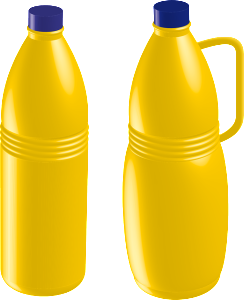
Chlorine, Iodine, and Quaternary Ammonium Compounds (QAC) are common key ingredients in sanitizers used in restaurants and kitchens.
So what’s the difference?
Chlorine:
| Pros | Cons |
|---|---|
| Effective on a wide variety of bacteria | Can be corrosive |
| Not affected by hard water | Can be irritating to the skin |
| Generally inexpensive | Deteriorates over time |
| Loses some activity in the presence of organic matter |
Iodine:
| Pros | Cons |
|---|---|
| Not affected by hard water | Effectiveness decreases greatly with increase in pH |
| Less irritating to the skin than chlorine | Should not be used in water > 120°F |
| Activity is not lost rapidly in the presence of organic matter | May also discolor equipment and surfaces |
Quaternary Ammonium Compounds (QAC):
| Pros | Cons |
|---|---|
| Nontoxic, odorless, colorless, noncorrosive, and nonirritating | Slower at killing some microorganisms |
| Stable to heat & relatively stable in the presence of organic matter | Not compatible with some detergents |
| Active over a wide pH range | Not compatible with hard water |
Check with your local health officials for the required concentrations of each sanitizer, as this can vary by State. Typically, chlorine should be between 50 and 100ppm, and Quaternary Ammonium Compounds (QAC) should be at 200ppm.
How to Properly Test Sanitizing Solutions
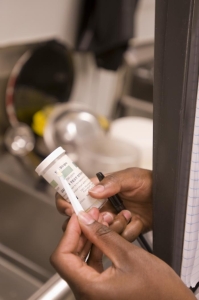
Photo Credit: Amanda Mills
Make sure you check the primary ingredient in your sanitizer, so you can select the correct test strip. If you’re using a QAC test strip to test a chlorine solution, guess what? It’s not going to work.
Once you’ve got the right test strips, you’re ready to go.
Let’s say you’ve made up a bleach solution for immediate use. Use the steps below to determine if your solution meets the required concentration level, or if it’s too weak / too strong. Concentrations that are too low may not kill bacteria, and concentrations that are too high may leave a toxic residue on dishware and surfaces.
Do’s:
- Dip a chlorine test paper into the solution
- Blot dry with a paper towel (optional)
- Immediately compare to the color chart
Don’ts:
- Place the test paper directly against the vial, color chart, or paper towel when reading the strip color. Doing so will make the strip color appear darker, skewing the results.
- Dip the test strip directly into a bleach container.
The process for Quaternary Ammonium Compounds (QAC) is similar. Dip a QAC test strip into the solution ready for use, and then compare the strip to the color chart after 60-90 seconds.
Troubleshooting Test Strips
If you’re using a chlorine test paper strip, and the strip is still white after dipping it into your solution, it means your solution is too concentrated.
At high levels of chlorine, the strip will actually bleach out, which makes it seem as though the strip isn’t working. If this is the case, you can sometimes see a blue line where the strip was dipped indicating it bleached out.
Other Dishware Cleaning Tips
Here are a few other dishware cleaning tips:
- The wash solution temperature in mechanical warewashing equipment is critical to proper operation. The chemicals used may not effectively sanitize dishware if the temperature is too low.
- Quaternary Ammonium sanitizers require a temperature 72°F to effectively sanitize.
- Ideally, all sanitizers, including chlorine require 72°F, but chlorine will work with lower temperatures.
- When manually washing dishes, the water temperature should be checked every hour.
- When using a conveyor dish machine, you should change the water every 2 hours to refresh the sanitizer. The same applies when manually washing dishes and using a 3-compartment sink.
- When manually washing dishes, the dishes should remain completely immersed in the sanitizing solution for at least 30 seconds.
Most of the information we included in this article is a result of frequently asked questions. A special thanks to TCD Parts for helping us cover most of the basics when it comes to checking sanitizer efficacy in the kitchen. We plan to cover other topics on kitchen and restaurant sanitation in the future, so stay tuned!



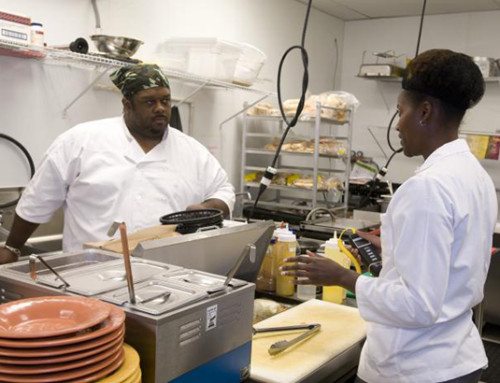
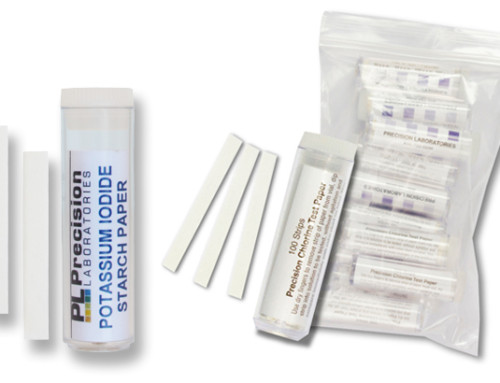
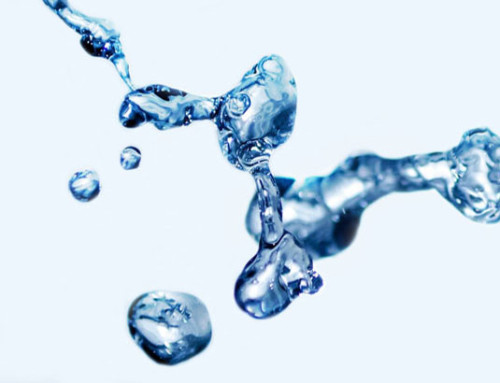

Leave A Comment